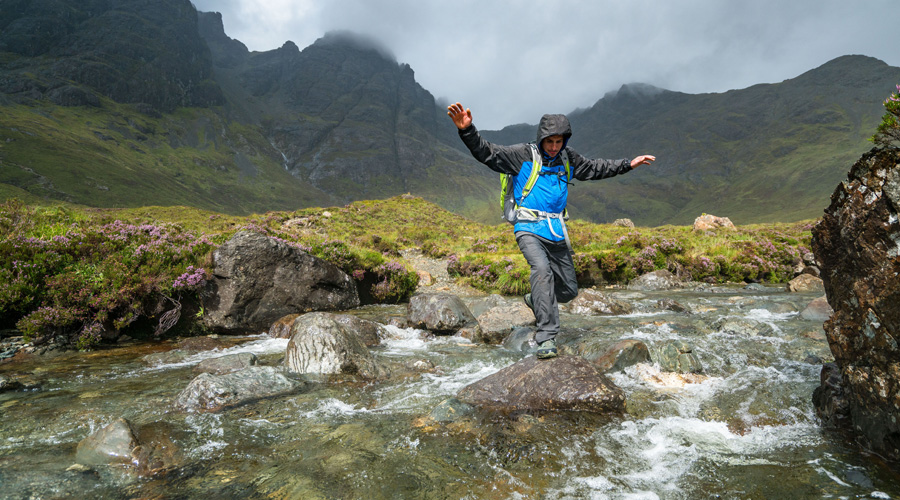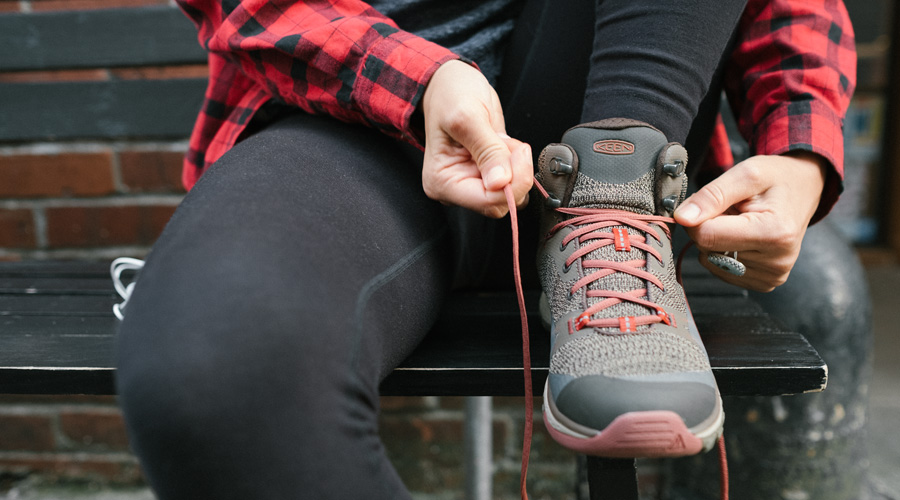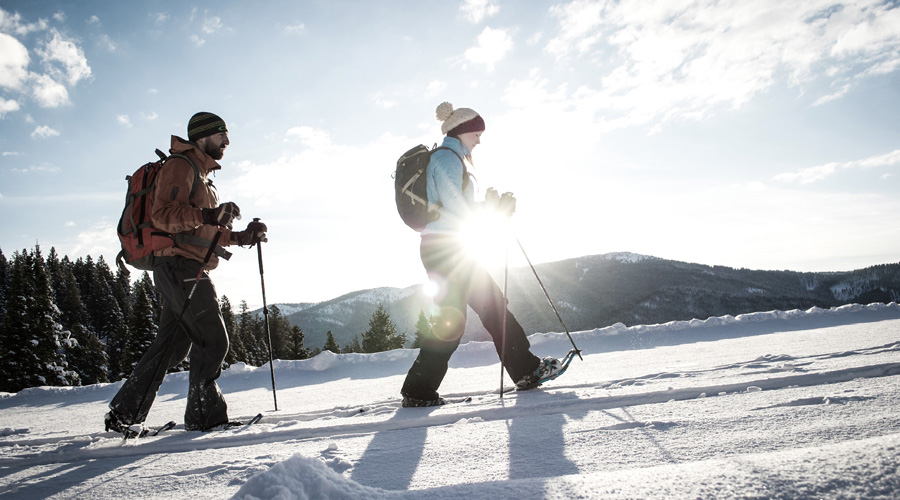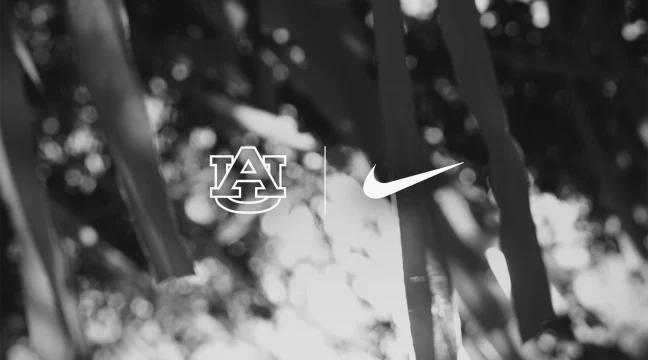The winter boot category got burned twice last winter.
By Thomas J. Ryan
First, a mild weather led to poor sales and heavy inventories, further curbing buy-in going into the 2016/17 winter selling season. Compounding those issues were the closeouts that soon arrived after the bankruptcies of Sports Authority, EMS, Sport Chalet and others.
“Dealers have become very cautious about how they buy winter boots,” said Johnny Hawthorne, director of merchandising for footwear at The North Face. “They’ve learned that even when you have a great winter and your goods sell out, there is no promise that next winter will be as strong. They now buy with the intent to sell out and are willing to miss a few sales instead of carrying over or marking down inventory. We are in a risk-adverse environment and have to respond accordingly.”
With the warm trend continuing through early fall in many parts of the country, those overstocks lingered going into the Black Friday weekend, even with the conservative buys. Peter Sachs, general manager, Lowa Boots LLC, half-joked, “If it doesn’t get better soon, we may need psychiatrists at the winter OR show and not sales reps.”
Stock Up, Or Pare Down
The hope is that the recent chilly and snowy weather will help clear out shelves and even offer at-once opportunities for stores. But the at-once sales continue to shift the burden to vendors, who are being increasingly depended upon to hold the inventory. Said Mark Mathews, VP of sales at Scarpa North America, “It’s a fine line between balancing that demand with financial responsibilities.”
Suppliers have to decide whether to more narrowly stock insulated footwear to reduce their own weather risks, or carry additional fill-in supply to help stores chase if the weather cooperates. Adidas Outdoor, for instance, aims to stock 20 to 30 percent more inventory beyond its pre-season orders from retail accounts to cover additional at-once needs. Said Greg Thomsen, managing director for Adidas Outdoor U.S., “We have the benefit of servicing the entire U.S., so we can shift products and retailer needs to the areas of the country that need support, either more or less depending on the local weather conditions.” That’s a strategy that can pay off with a winter like last year in the U.S., when much of the East and Midwest were warm, but the West had a pretty normal winter.
Boots Lite
Amid the caution around insulated product, buyers still want to be in a better position to capitalize on any opportunities any spring-like weather may create. Balancing out the traditional insulated buys, stores are said to be looking for lighter, insulated and more athletic-oriented styles that can sell regardless of weather conditions. These include products ideal for seasonal-transition periods, particularly the early fall months with winter seeming to arrive later and later each year. Some are offering a much wider range of insulation levels to help manage the erratic weather. Buyers are said to be open to more non-insulated styles to support the not-so-rare warmer winter days.
The North Face is offering a range of casual boots and shoes that are waterproof, lightly or non-insulated and have a traction story such as Ice Pick, where the lugs get firmer and dig into the ice as it gets colder. New transitional, leather-based collections — meant to be be worn from late August all the way through the end of winter — are debuting as well. Said Hawthorne, “While we want to provide winter versatility, we also want to be more relevant in the fall.”
Urban Outdoor
While the weather hasn’t cooperated, lifestyle trends have, helping drive year-round interest in boots. Among the newer trends supporting multipurpose boots are a greater number of younger consumers living in urban centers.
“Outdoor enthusiasts are moving into the city, living digitally connected lives and making physical fitness a lifestyle instead of a pastime,” said Nol Gerritse, Keen’s marketing director for outdoor. These outdoor urban dwellers are “opting to experience life outside differently” and seeking out gear that fits not only urban living but their wide range of activities.
The urban outdoor trend is also being complemented by an urban streetwear trend that similarly calls for more of a multi-functional approach to boots that’s based not just on snow, but cold. Said Lowa’s Sachs, “We need boots to sell even if there isn’t a blizzard. Also, those boots need to be able to be worn every day, not just snowshoeing or on the way to and from the ski hill.”
Athletic Influence
Athletic design has been a key influencer in overall footwear and that goes for boots as well, with new materials continuing to support ever-more-lightweight construction while still providing performance and protection features like waterproofness and warmth. Said Erika Derylo, Merrell’s marketing specialist, “Really it’s all about lightweight and grip. How do you take what has historically been a bulky, clunky category and turn it into something that is still protective, but that doesn’t feel like a brick on your foot?”
Consumers also often expect the instant comfort of a cushy sneaker when slipping on their boots. On the upper, Gina Knight, Merrell’s active lifestyle design director, points to how “more modern and graphic pattern pieces” can be found on boots, again largely evolving from athletic inspiration.
Stretch fabrics are also becoming more common, notes Scarpa’s Mathews. At the extreme, consumers are looking for more of a winterized trail running model for running in the mountains, a trend that’s creating some opportunities for a hybrid trail/hiker with a waterproof external gaiter.
From The Runway
Color, prints and overall clean design on the aesthetic side have been supporting trends in winter boots for a few years. Lately, retro has been a stronger influence, particularly in high-end men’s boots. “These traditional-looking boots pick up on visual clues such as red laces and lugged soles but they don’t deal in performance features at all, so we see that as an opportunity,” said Oboz Sales Manager Christian Mason. He added that mixing materials — everything from leather to quilted wool — is still an important trend that makes footwear visually and texturally interesting, especially when combined with color.
Vasque is seeing a good response to traditionally built boot styles that are influenced by rugged outdoor hiking and mountain boots. Said Brian Hall, Vasque’s director of product development, “There definitely is a trend toward athletic winter styles, but also indigenous footwear function and design are making an influence.”
Merrell’s Knight continues to see a big trend in faux fur across a variety of silhouettes from cold weather boots, casual boots and even in more athletic inspired footwear. “Vintage snow boots and moon boot looks are definitely influencing women’s lifestyle products,” Knight said, “from ghillie lacing, nylon uppers, wide pull-on shafts to quilted uppers. Additionally, classic hiking looks in both rich leathers or technical mesh continue to be strong for both men’s and women’s casual categories.” There is also a big push for handcrafted looks, she added, with a focus on natural leathers and hand-stitched details as well as crepe textured rubber.
Grip Gaining Traction
On the core performance side, being waterproof and breathable has become expected in a winter boot. Innovations such as Vibram’s Arctic Grip and a number of other advances in rubber technology, often coming from the auto industry, are making traction around snow, slush and ice a bigger story on selling floors. Adidas Outdoor is among those touting the benefits of different tread and lug patterns for varying terrain and weather conditions.
Warmth is also getting attention in some styles, including the use of wool linings as an alternative to synthetic fleece or shearling. Indeed, despite the erratic weather, avoiding frigid toes remains a primary selling point for many buyers. Said Lowa’s Sachs, “I think the only two performance trends per se are warm and dry. If a boot can do that for a customer, it wins.”
Lead photo courtesy The North Face













